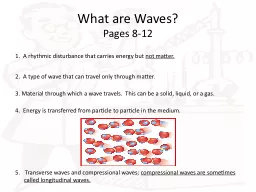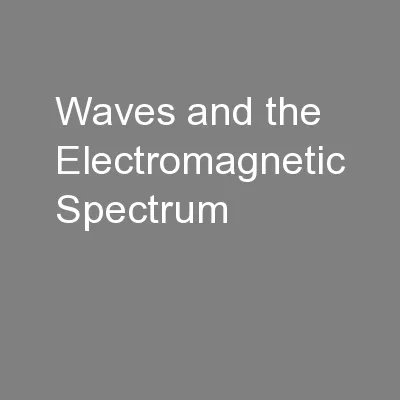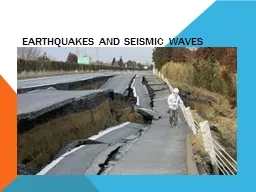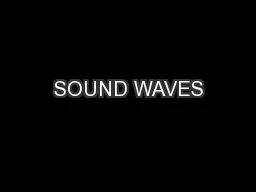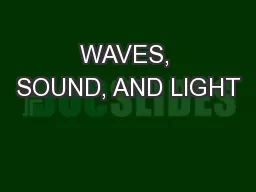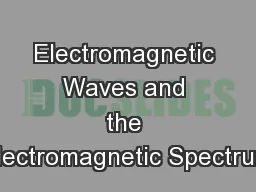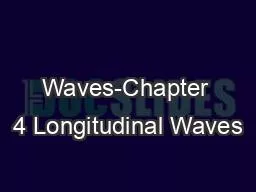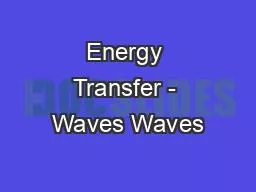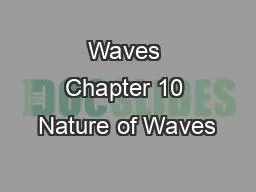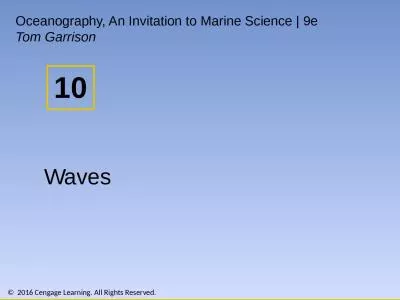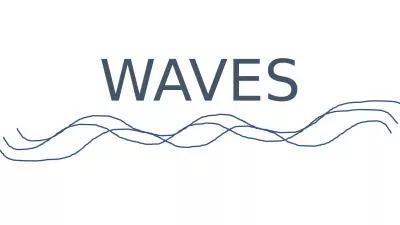PPT-What are Waves?
Author : faustina-dinatale | Published Date : 2016-03-06
Pages 812 1 A rhythmic disturbance that carries energy but not matter 2 A type of wave that can travel only through matter 3 Material through which a wave travels
Presentation Embed Code
Download Presentation
Download Presentation The PPT/PDF document "What are Waves?" is the property of its rightful owner. Permission is granted to download and print the materials on this website for personal, non-commercial use only, and to display it on your personal computer provided you do not modify the materials and that you retain all copyright notices contained in the materials. By downloading content from our website, you accept the terms of this agreement.
What are Waves?: Transcript
Download Rules Of Document
"What are Waves?"The content belongs to its owner. You may download and print it for personal use, without modification, and keep all copyright notices. By downloading, you agree to these terms.
Related Documents

